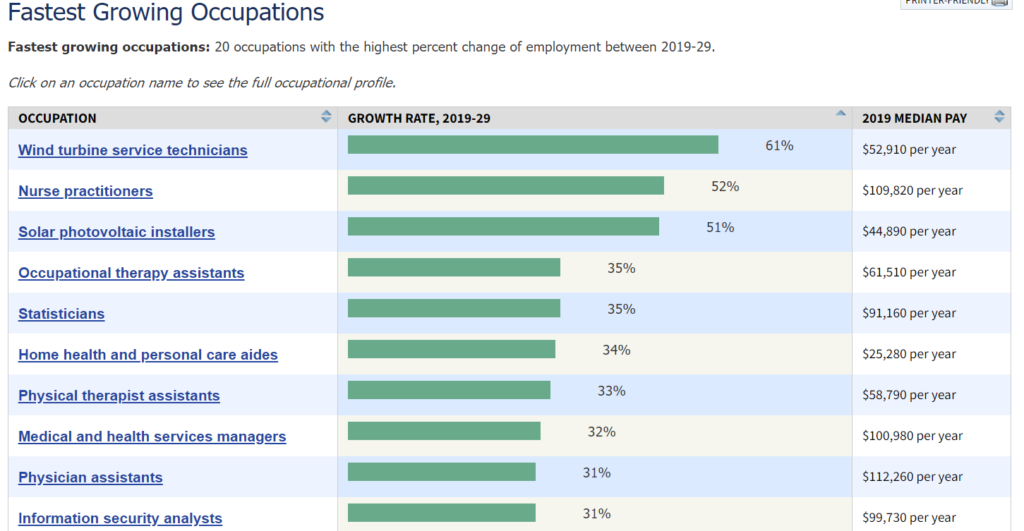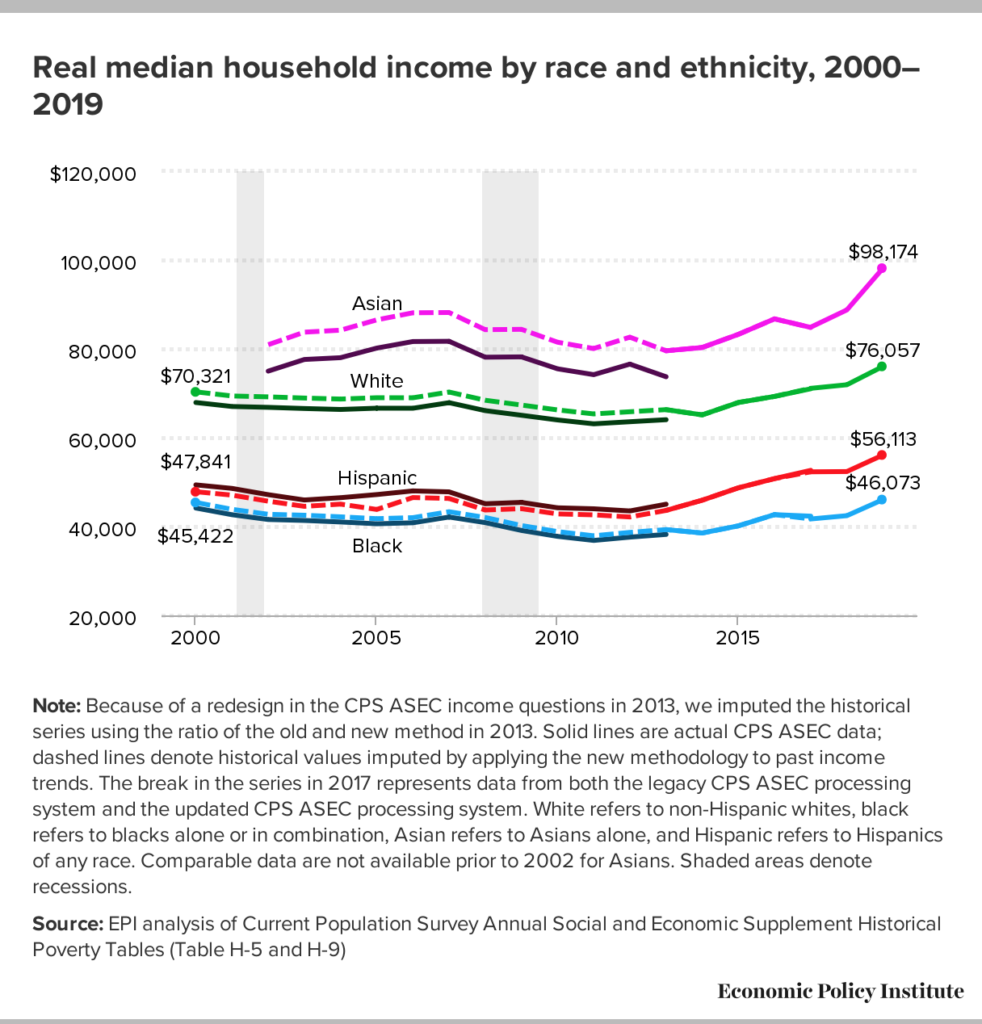 The working paper, from the Harvard Center for Population and Development Studies, Intersectional inequalities in COVID-19 mortality by race/ethnicity and education in the United States, Jan 1, 2020-Jan 31, 2021 by J.T. Chen, et. el. (2/23/2021) contains the graph copied here.
The working paper, from the Harvard Center for Population and Development Studies, Intersectional inequalities in COVID-19 mortality by race/ethnicity and education in the United States, Jan 1, 2020-Jan 31, 2021 by J.T. Chen, et. el. (2/23/2021) contains the graph copied here.
It is interesting to note that within educational categories, Hispanic mortality rates were consistently lower than rates among Non-Hispanic Whites. This suggests that the overall increased mortality rates experienced by Hispanics is driven in large part by their overrepresentation in more disadvantaged education groups. Similarly, for the non-Hispanic Black population, their equivalent mortality rates to Non-Hispanic Whites in the two lowest educational strata, and their only slightly elevated risk in the higher educational strata suggests that it is the inequities in educational distribution that drive the overall higher crude rates among the non-Hispanic Black vs non-Hispanic White populations.
This provides evidence that COVID-19 deaths are connected to education more so than race/ethnicity. This, of course, isn’t causation, as education level is likely a marker for risk factors of COVID-19 such as health habits and employment.
This paper also supplies a nice example of Simpson’s paradox. Graph 1b provides mortality rates per 100,000 by race/ethnicity (157 Non-Hispanic White, 199 Non-Hispanic-Black, 171 Hispanic). By education category the Hispanic population had lower death rates than Non-Hispanic White, but in the aggregate it is the other way around.








